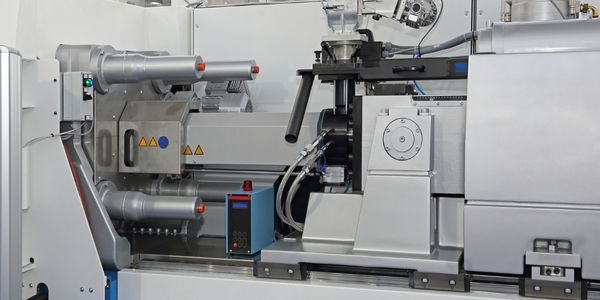下载PDF
SYSPRO Software Gives Ettore Products 99.6% Inventory Accuracy
技术
- 功能应用 - 企业资源规划系统 (ERP)
- 功能应用 - 制造执行系统 (MES)
- 功能应用 - 产品生命周期管理系统 (PLM)
适用功能
- 商业运营
用例
- 库存管理
- 自动化制造系统
- 过程控制与优化
- 预测性维护
服务
- 系统集成
- 软件设计与工程服务
- 培训
挑战
By 1997, Ettore Products Company had outgrown their existing software systems, which were failing to meet their needs. The incumbent solution lacked detailed costing figures, such as landed cost tracking, and was infected with a computer virus that impeded accurate inventory retrieval. This compromised their ability to plan for future purchases. Additionally, the company struggled with inefficient inventory control practices, requiring manual counts for purchasing and scheduling. The system's failures and lack of scalability were major obstacles to Ettore's growth.
关于客户
Ettore Products Company, headquartered in Alameda, California, is a market leader in the production of squeegees and associated products like cleaners, scrubbers, and extension poles. Founded in 1936, Ettore patented the first single-blade squeegee, which remains a staple in their product line. The company holds 80% of the consumer market and 75% of the professional window-cleaning market. Ettore's products are sold across North America in hardware, home improvement, and grocery stores. They also provide professional cleaning and safety tips through brochures and videos on their website.
解决方案
Ettore Products Company implemented the SYSPRO ERP system after careful consideration. The new system was built from scratch to avoid transferring any virus-infected data from the old system. The SYSPRO ERP provided accurate forecasting abilities, factory scheduling, and advanced role-based interfaces. The company upgraded to SYSPRO 6.0, Service Pack 1, which included new functionalities and modules like the Factory Scheduling module and SYSPRO Office Integration. These enhancements allowed for better data management, real-time access to stock code history, and improved decision-making capabilities.
运营影响
数量效益
相关案例.

Case Study
Remote Monitoring & Predictive Maintenance App for a Solar Energy System
The maintenance & tracking of various modules was an overhead for the customer due to the huge labor costs involved. Being an advanced solar solutions provider, they wanted to ensure early detection of issues and provide the best-in-class customer experience. Hence they wanted to automate the whole process.

Case Study
Predictive Maintenance for Industrial Chillers
For global leaders in the industrial chiller manufacturing, reliability of the entire production process is of the utmost importance. Chillers are refrigeration systems that produce ice water to provide cooling for a process or industrial application. One of those leaders sought a way to respond to asset performance issues, even before they occur. The intelligence to guarantee maximum reliability of cooling devices is embedded (pre-alarming). A pre-alarming phase means that the cooling device still works, but symptoms may appear, telling manufacturers that a failure is likely to occur in the near future. Chillers who are not internet connected at that moment, provide little insight in this pre-alarming phase.

Case Study
System 800xA at Indian Cement Plants
Chettinad Cement recognized that further efficiencies could be achieved in its cement manufacturing process. It looked to investing in comprehensive operational and control technologies to manage and derive productivity and energy efficiency gains from the assets on Line 2, their second plant in India.

Case Study
Plastic Spoons Case study: Injection Moulding
In order to meet customer expectations by supplying a wide variety of packaging units, from 36 to 1000 spoons per package, a new production and packaging line needed to be built. DeSter wanted to achieve higher production capacity, lower cycle time and a high degree of operator friendliness with this new production line.

Case Study
Airbus Soars with Wearable Technology
Building an Airbus aircraft involves complex manufacturing processes consisting of thousands of moving parts. Speed and accuracy are critical to business and competitive advantage. Improvements in both would have high impact on Airbus’ bottom line. Airbus wanted to help operators reduce the complexity of assembling cabin seats and decrease the time required to complete this task.





